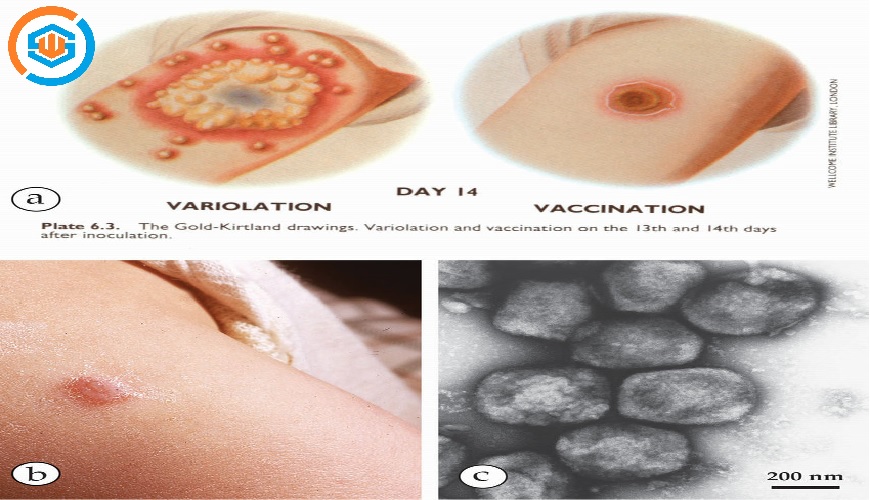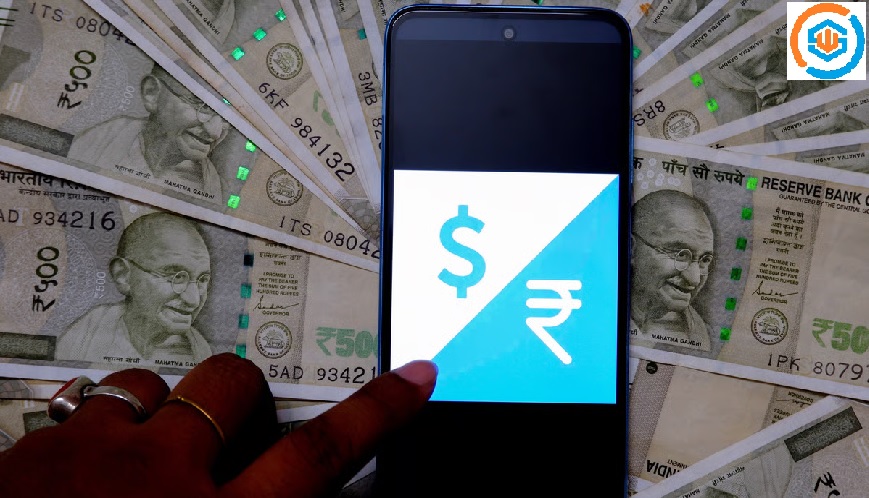
- 12 Jul
- 2021
HEALTH: The difference between vaccination and variolation
This is indeed the history of smallpox prevention prior to vaccination, which was developed by Edward Jenner in 1796. Variolation (the name comes from “variola,” the Latin name for smallpox) uses infectious particles from a person with smallpox to deliberately infect another person, usually with a needle — although, in Asia and Africa, the dried smallpox scabs were sometimes blown into the nose. It’s critical to recall that variolation always had risks. Many people died, including two of the sons of King George III. The risk of death from variolation could be reduced by using a person with a very mild case of smallpox as the source of the virus; sometimes the material was treated with steam or herbs, reducing the number of virus particles and making the process safer — but never completely safe. The death rate from variolation was estimated to be 1% to 2%, compared with 15% to 30% from smallpox. Jenner knew a common belief that dairymaids almost never got smallpox and hypothesized that the related disease cowpox might protect a person. Having found a dairymaid with active cowpox, he inoculated an 8-year-old boy, who got mildly sick nine days after inoculation. Two months later, an inoculation of smallpox into the boy produced no disease. Inoculation of cowpox proved to be effective. The Latin name for cow is “Vacca,” so Jenner named his process “vaccination,” and by 1800, vaccination, which was much safer than variolation, had spread to many European countries, and to the United States, where President Thomas Jefferson set up a national vaccination program.











